For more than two centuries, the HMS Unicorn has weathered the passage of time, anchored in history as one of the world’s oldest surviving ships.
Yet today, this remarkable vessel stands on the brink of disaster.
Her timbers, though overengineered and robustly crafted in the early 1800s, are now succumbing to the inevitable rot that comes from years of underinvestment and deferred maintenance.
Without urgent action, the Unicorn’s future hangs by a thread.
“The ship is in a critical state,” warns Matthew Bellhouse Moran, the 33-year-old executive director of the Unicorn Preservation Society.
“Historic problems that are coming home to roost.
“If we don’t act now, the Unicorn won’t be here in a decade or two. It’s really that simple.”
What are the main challenges facing HMS Unicorn?
The story of HMS Unicorn is extraordinary.
Built at Chatham Dockyard in 1824, she remains one of the most original wooden warships of her era, largely because she never saw active service.
Unlike other ships of her age, Unicorn’s timbers were spared the ravages of battle and the open sea.
Instead, she was moored in Dundee for much of her life, quietly deteriorating in the brackish waters of the Victoria Dock.
“What’s unique about the Unicorn is that when you step aboard, much of what you see is 200 years old,” says Matthew.
“That’s incredibly rare. But it also means that the materials are fragile, and without continuous investment in repairs, the ship’s structural integrity is weakening.”
For decades, the Unicorn Preservation Society struggled to raise enough funds to cover basic maintenance.
Between 1991 and 2014, the charity’s annual income averaged a meagre £70,000.
This chronic underfunding left the Unicorn in a precarious state.
Today, her hull is compromised, her timbers weakened, and her future uncertain.
However, the Unicorn Preservation Society is fighting back with a bold vision to secure the ship’s future.
Project Safe Haven: An ambitious £30m plan for the future
Dubbed Project Safe Haven, this £30 million initiative aims to transform the Unicorn’s fate by relocating her to a more stable environment and creating a world-class visitor experience.
The project is divided into several phases over six years, with the ultimate goal of preserving the Unicorn for generations to come.
Phase One, already underway, involves critical preparatory work, including surveys, structural analysis, and the design of a temporary steel framework to stabilise the ship.
This £1.1 million effort is funded by a grant from the National Heritage Memorial Fund and will provide the Unicorn with the structural support she desperately needs.
“We’re installing a steel truss inside the ship to reinforce her hull,” explains Matthew, a St Andrews University graduate, originally from Salford, who studied ancient history and did a masters in museum and gallery studies.
“This approach allows us to preserve as much of the original material as possible while buying time to implement the broader plan.”
Phase Two, set to begin in 2025, will see the Unicorn moved to the East Graving Dock, a historic dry dock near her current location.
Here, she will rest on a custom-built cradle, protected from the corrosive effects of water and the elements.
The dock itself, a listed structure with its own historical significance, will be partially restored as part of this phase.
“Moving the Unicorn to the East Graving Dock is a game-changer,” says Matthew.
“It reduces the risk of catastrophic failure and allows us to conduct more thorough conservation work.
“It’s the foundation for everything else we want to achieve.”
The clock is ticking for HMS Unicorn
Later phases of Project Safe Haven include the creation of a temporary visitor centre using recycled modular buildings and shipping containers, and ultimately, the development of a permanent maritime heritage site.
By 2032, the project aims to establish the Unicorn as the centrepiece of a revitalised waterfront, complete with a state-of-the-art visitor centre and rainwater shelter for the ship.
Time, however, is not on the Unicorn’s side.
“Historic ships don’t have a ‘pause’ button,” Matthew cautions.
“Every year that passes without significant intervention increases the risk of irreversible damage.”
The stakes are high. If Project Safe Haven falters, the Unicorn faces a grim future of “managed decline,” with her condition deteriorating to the point where she becomes unsafe.
The loss would be a tragedy not only for Scotland but also for maritime heritage worldwide.
A cultural and economic opportunity
Of course, the Unicorn’s preservation is not just a matter of saving a ship; it’s about revitalising Dundee’s maritime heritage and boosting the local economy.
From the Eden Project to revamping Discovery Point and RRS Discovery, it’s part of a wider vision for Dundee’s Waterfront.
Currently, the Unicorn attracts around 10,000 visitors annually – a number that Matthew believes could increase sixfold with the right infrastructure.
“This project isn’t just about saving the Unicorn; it’s about creating a destination,” he says.
“By 2032, we could be welcoming over 60,000 visitors a year.
“That’s a massive opportunity for Dundee – economically, culturally, and socially.”
The Unicorn’s future also hinges on fostering a deeper connection with the community.
The ship has long been a beloved symbol of Dundee.
A volunteering programme is already making waves.
But the Preservation Society aims to transform local affection into national and international support.
Crowdfunding campaigns, community engagement initiatives, and partnerships with organisations like the Dundee Heritage Trust are all part of the strategy.
“The people of Dundee care deeply about the Unicorn,” Matthew notes.
“We’ve been overwhelmed by their support. But we need to turn that local passion into global awareness if we’re going to succeed.
“With RRS Discovery along the road, we need to capitalise on the fact Dundee is the only city north of the Thames where you can see two big historic wooden ships within 500 metres.”
What are the next steps in the financial road ahead – and why is 2025 crucial?
Securing the estimated £30 million needed for Project Safe Haven requires a Herculean fundraising effort, which is already underway with quiet optimism.
Major funders such as the Tay Cities Deal, the National Lottery Heritage Fund, and Historic Environment Scotland are expected to play key roles, alongside private donors and crowdfunding efforts.
The Preservation Society is optimistic but realistic about the challenges ahead.
“Heritage funding is tough,” admits Matthew.
“But we’ve already proven that we can punch above our weight.
“In the last three years, we’ve dramatically increased our grant support and delivered impactful projects.
“We’re on an upward trajectory, but there’s no room for complacency.”
The next critical milestone comes in early 2025, when the Preservation Society hopes to secure a major grant from the National Lottery Heritage Fund.
If successful, this funding could unlock additional committed funds, setting off a chain reaction that propels the project forward.
A call to action
The HMS Unicorn is a portal to the past, a testament to human ingenuity, and a symbol of Dundee’s maritime heritage.
But as Matthew puts it: “There’s no such thing as a ship that’s too big or too important to fail. The Unicorn’s survival depends on all of us.”
Perhaps the rusting North Carr lightship, waiting to be scrapped next door, should serve as a warning.
It’s a race against time, but with determination and support, the Unicorn’s next chapter could be her most extraordinary yet.
*Tickets are half price for HMS Unicorn until the end of January.









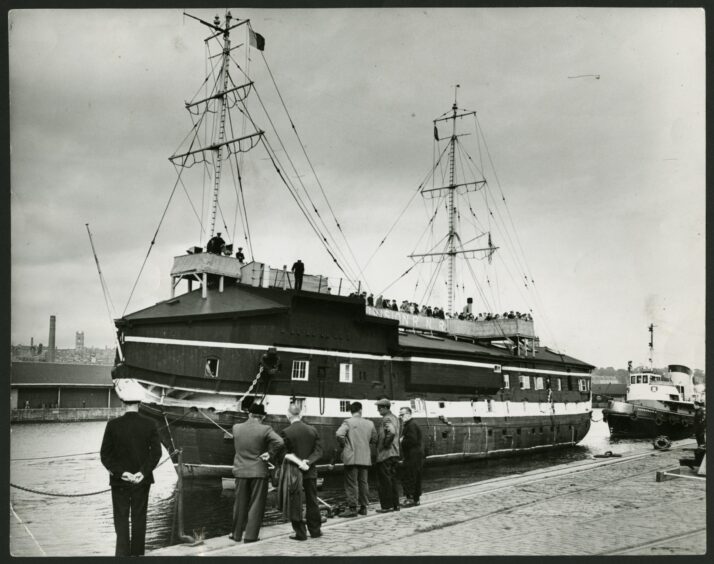




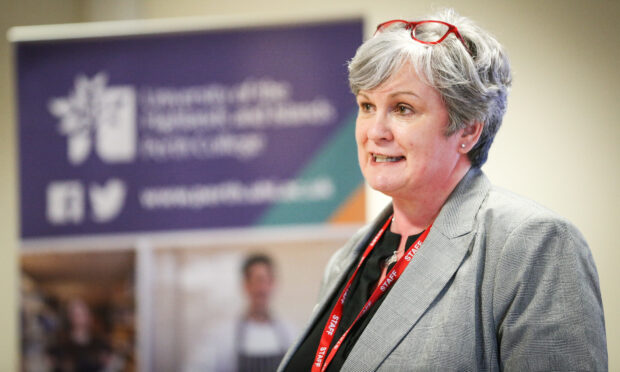

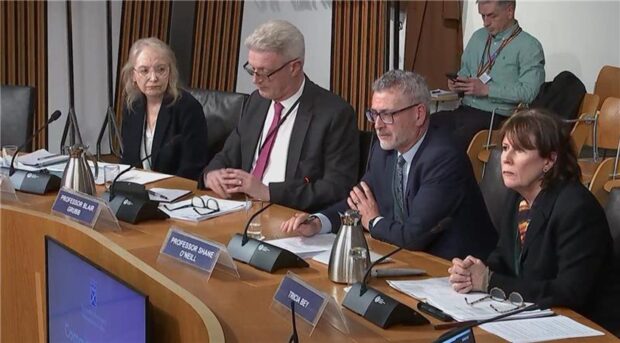
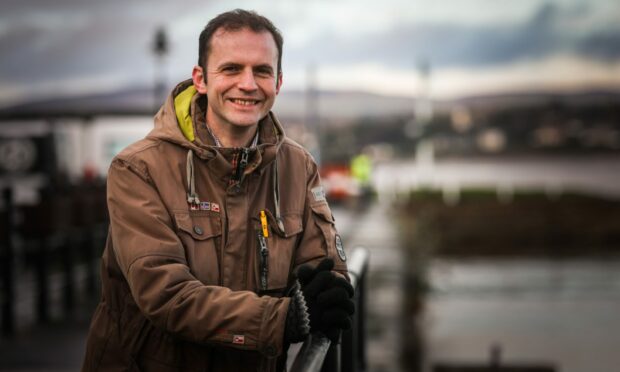
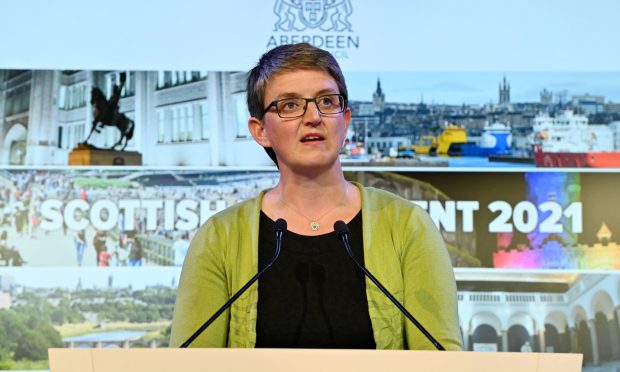
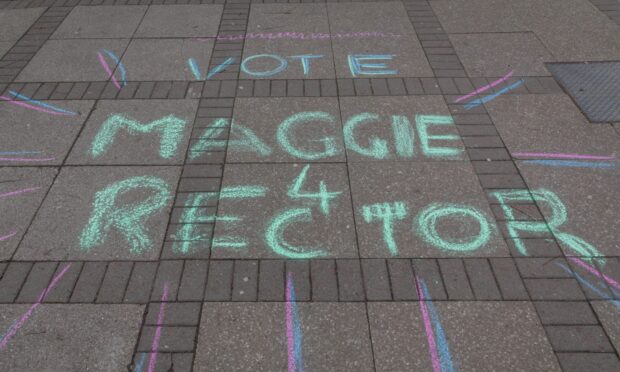
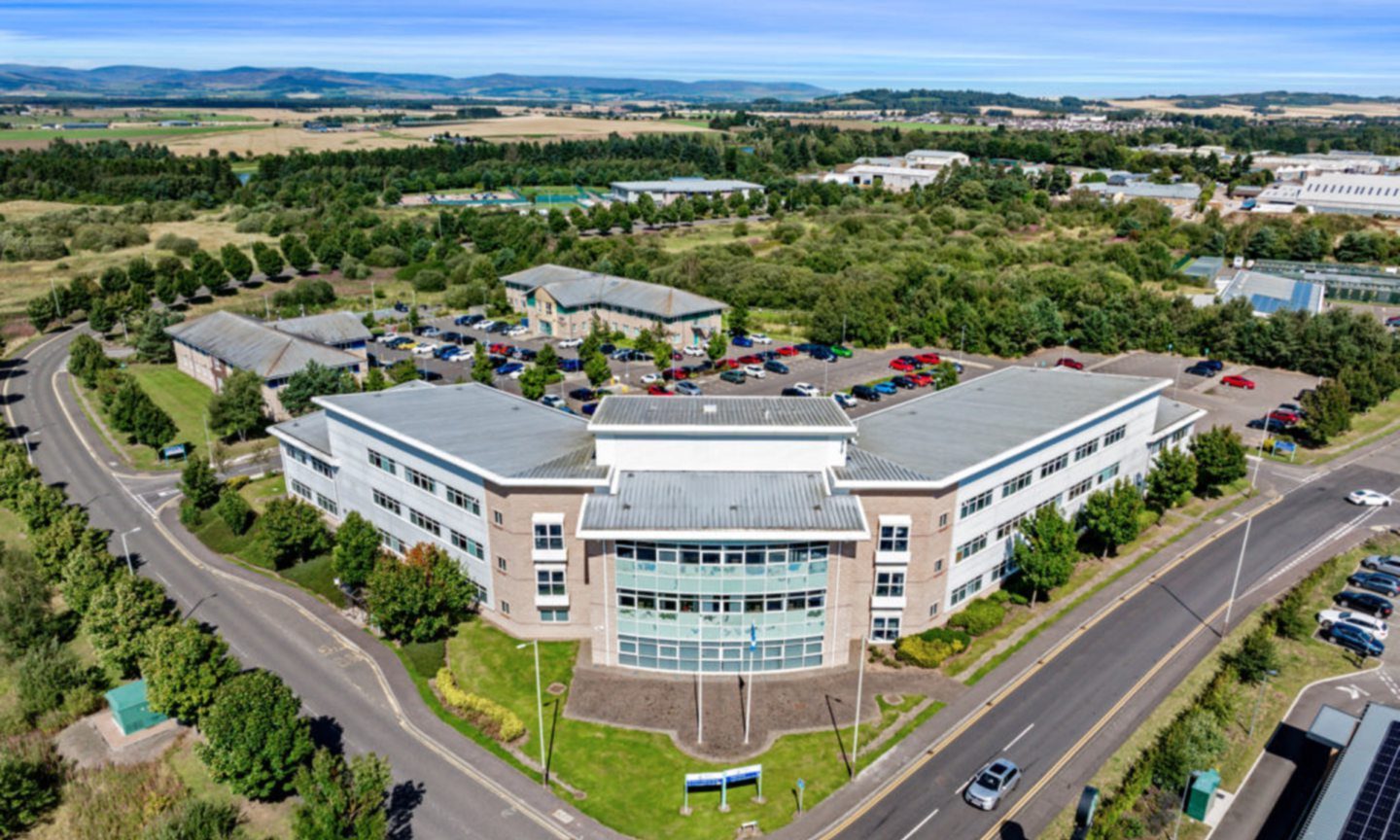
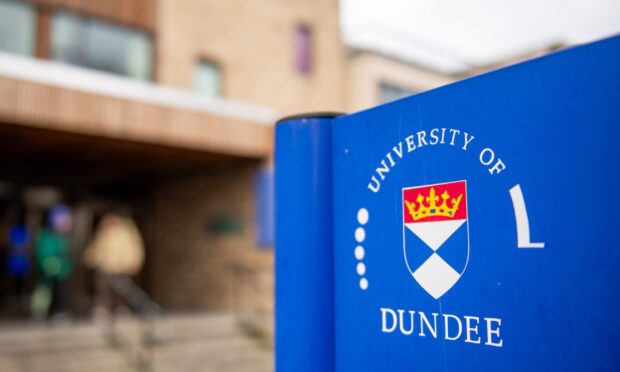
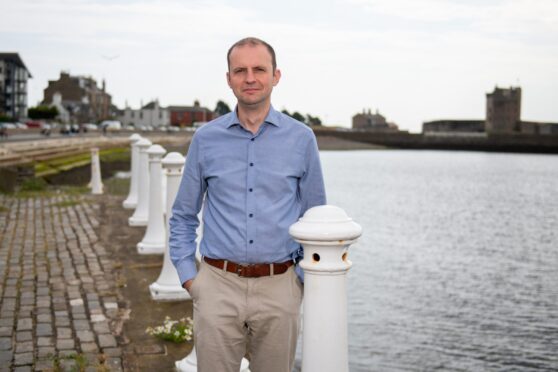
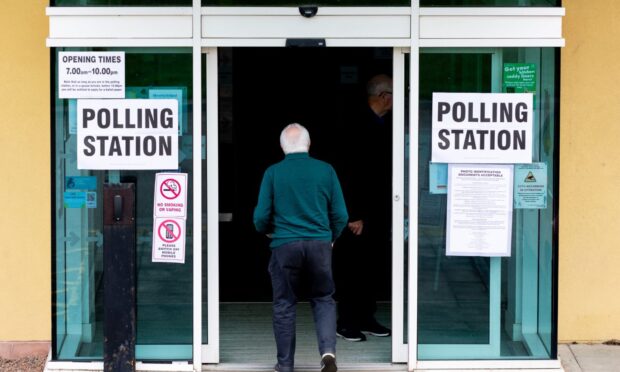
Conversation